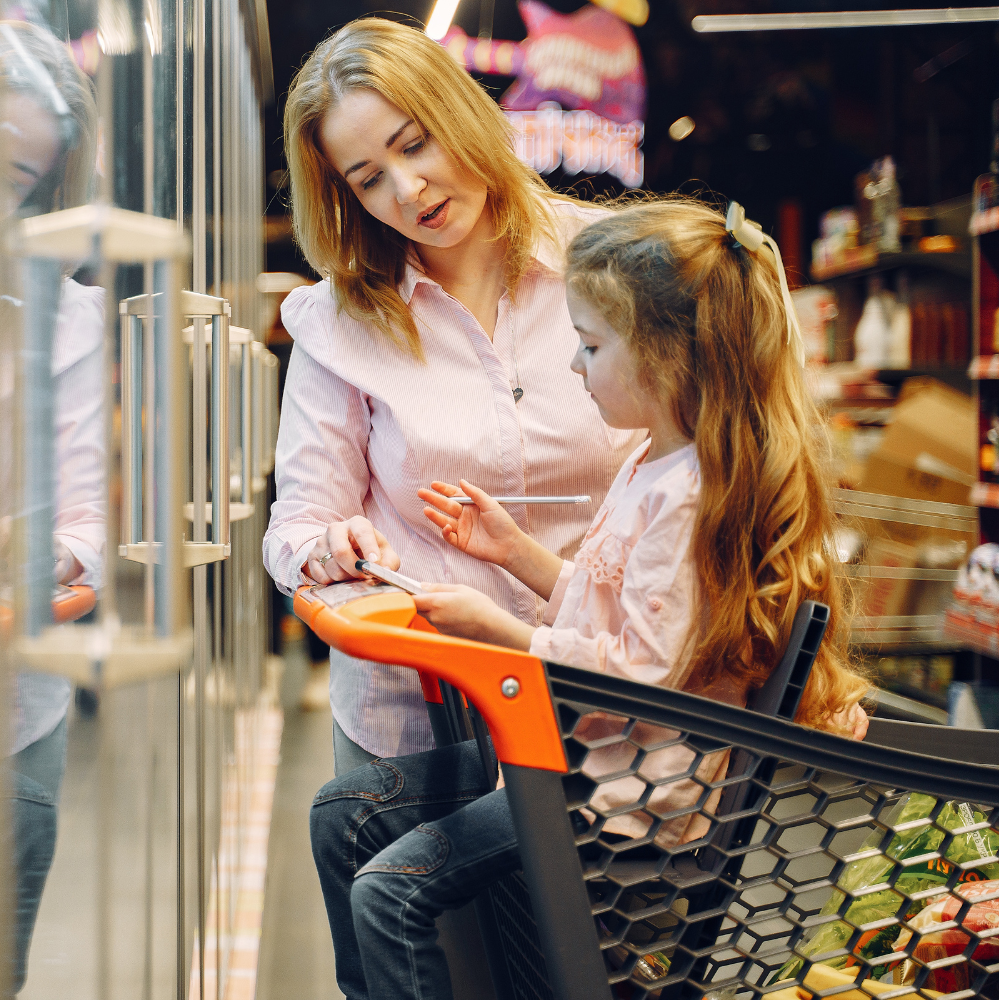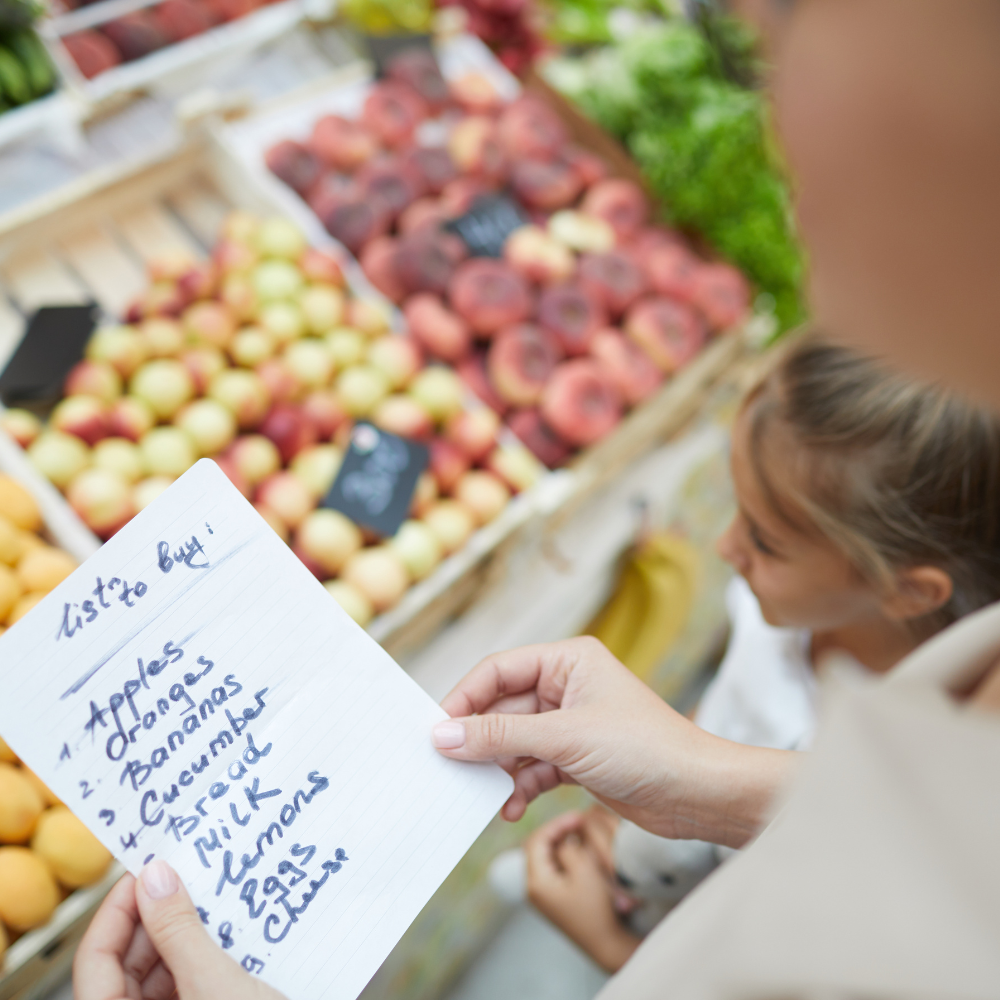Resource Reviews: Shopping List Game (Orchard Toys)
Note: All our reviews are based on clinical experience in face to face sessions with paediatric populations. We only review resources we have experience using, are well regarded in the speech language pathologist world, and have lots of uses in therapy sessions for numerous different therapy goals.
What is Shopping List?
"Shopping List" is a simple and engaging memory game by Orchard Toys, designed to help children practice matching skills. Each player receives a shopping list board with pictures and names of various grocery items. Players take turns drawing cards from a face-down pile, trying to find the items on their shopping list. The first player to fill their list wins. The game is colourful, easy to follow, and provides a fun way to introduce children to everyday objects and social interactions around shopping.
Age Range
Recommended for children aged 3-7 years. Younger children (3-4 years) will benefit from practicing matching and vocabulary skills, with some adult help. Older children (5-7 years) can enjoy more independence playing and may use it to refine speech sounds and social skills.
Who Is Shopping List For?
Children with language delays or disorders: It provides opportunities to build vocabulary related to everyday items.
Children with speech sound disorders: Therapists or parents can tailor the game to focus on target sounds (e.g., “b” for “bread” or “m” for “milk”).
Children needing social skills practice: Turn-taking, waiting, and asking for items all support social communication goals.
Children with working memory difficulties: The matching element encourages visual memory and recall practice.
Who Is Shopping List Not For?
Children with significant attention difficulties: It may feel repetitive for those who struggle to stay engaged in structured activities.
Children with severe motor or vision impairments: The game relies heavily on drawing and matching cards, which could be challenging without modifications.
Children who have mastered vocabulary and speech goals: The game may become too easy and lose its value as a learning tool for older children with advanced skills.
Suggested Therapy Goals
Vocabulary Development
Use the game to teach common nouns related to food and household items (e.g., bread, apple, cheese).
Model and encourage children to describe items ("This apple is red.") or categorize them ("Fruit or dairy?").
Speech Sound Practice
Select cards that feature words with the child's target sounds (e.g., "milk" for /m/, "juice" for /j/).
As the child draws a card, encourage them to say the word aloud or use it in a short sentence.
Social Communication Skills
Practice turn-taking, listening to others, and making polite requests ("Can you pass the milk card, please?").
Use the game to model simple conversational exchanges about shopping (e.g., "What do you like to buy?").
Memory and Attention
Incorporate memory tasks by asking children to name the items they need before taking a turn.
Use the game to practice staying on task and waiting their turn.
Extension Ideas for Home/Class
Grocery Store Role-Play: After playing the game, set up a pretend grocery store where children can practice shopping, taking turns as customers and cashiers. This reinforces vocabulary, social interaction, and sequencing skills.
Art and Craft Extension: Ask children to draw or cut out pictures of their favorite groceries from magazines. They can create their own shopping lists or cards to personalize the game.
Real-Life Shopping Practice: Before visiting a real supermarket, ask your child to help create a shopping list based on the game items. Involve them in finding the items during the trip to build real-world connections.
Sound Hunt: Pick a target sound (like /s/ or /p/) and have the child find as many items in the game (or real-world setting) starting with that sound.
Matching with Literacy: For children beginning to read, pair cards with printed word labels, encouraging them to match the word to the picture and practice reading.
Final Thoughts
Fun Factor: 5/5. A board game brought out in many a speech therapy session. Often requested by younger client who like to pretend to buy things.
Replayability: 4/5. While you can change the shopping list for some variety, kids will quickly exhaust the novelity of new list. Orchard Toys has made extension booster packs if you are looking for improved variety in play sessions, however. Options include clothes and fruit/veggies
Adaptability to Therapy: 5/5. A fun way to work on social skills and memory tasks in one fun package!
Final Score: 4.7/5. A classic in the world of speech therapists for several good reasons!
Please note the above information is general in nature and is not intended as professional medical advice. Please seek an appointment with a registered speech-language pathologist if you are at all worried about your child's development.
Amazon affiliate links are included for your convenience on this page. We receive a small commission when you use our affiliate link, but with no additional cost to you.
Suggested Resources



